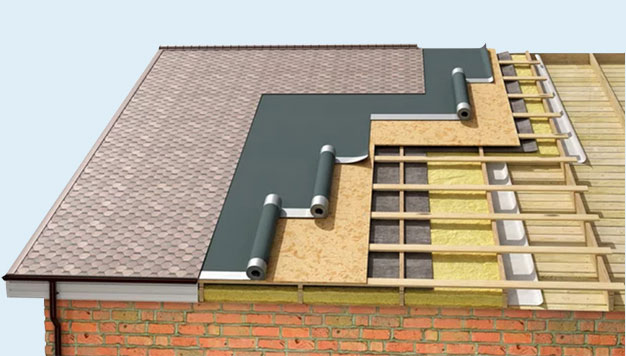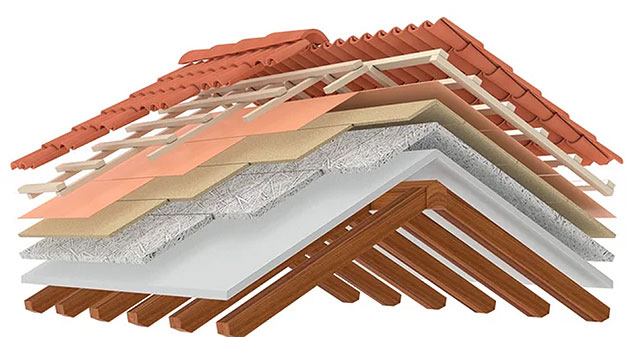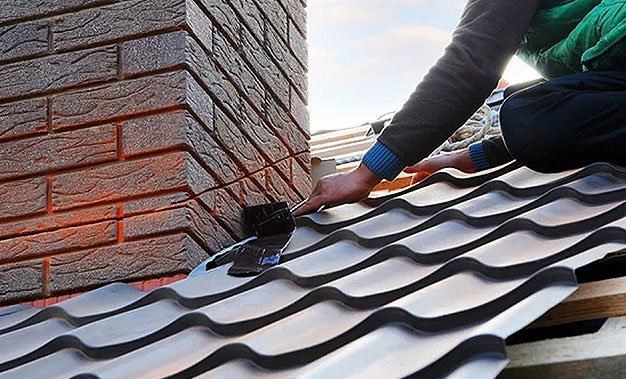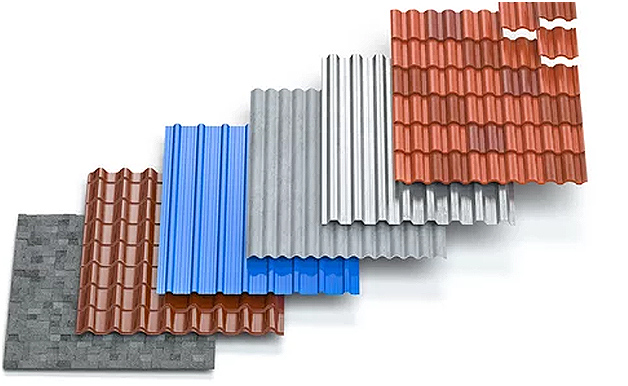A roof design enhances the beauty of a well-constructed house by intensifying its aesthetic appeal and durability. You can select a roof design based on your house requirement as it comes in different shapes, styles, colors, and materials to meet specific house needs.
A roof can make up to 40% of the building’s exterior based on its architecture. Also, in many cases covers maximum square footage than any other part of the structure, including the floor.
Various types of roofing materials are available these days, requiring a potential performance and design impact understanding of each roof shape and slope to choose the best shingles and roofing materials.
eLogicTech has expertise in designing, structural modeling, and detailing roof design structures with functional characteristics like weather resistance, thermal insulation, fire resistance, acoustic insulation, strength, and stability. With excellence in service and years of industry expertise, we successfully attain a long list of clients, offering them a customized and varied range of services.
Significance of Roofs
There is a vast number of materials used to build roofs like- wood, stone, clay, glass, metal, polycarbonate roofing sheets, etc.
To select the best among them, one needs to research the same to make the roof a sturdy covering that lasts longer and doesn’t demand earlier repairing or replacement. Being the topmost part of the house roof protects from external factors like- sun, wind, rain, and snow.
The roof is vital in making a home durable, weatherproof, energy-efficient, and providing additional living space. And the selection of a roof design is decided upon various factors like – the shape of a house, climatic conditions around it, and the type of construction materials used in the same.
Despite having no roofing materials to choose from, we require little research for a new type of roofing. Selecting the same requires weighing an appearance, longevity, cost, and structural issues. Each one has its weather-specific set of benefits and disadvantages.
Different Types of Roof Designs

Various types of roofing are highly efficient and long-lasting under certain circumstances. But, not all of them are right for all climates. One can go for the following roofing materials and their strong suits before heading to a final decision.
Gable Roof Structure
It is a triangle with the base resting atop the house and the two sides rising to meet the ridge.
Clipped Gable Roof
A clipped gable roof gets designed with the basic shape of a gable. With two sides rising to meet a ridge but then borrowing an element from hip roofs: the top peaks are “bent in,” creating small hips at the ends of the roof ridge.
These hips help in showcasing high-performance, designer shingles.
Dutch Gable Roof
It combines the design elements of both gable and hip roofs. The gable portion provides homeowners with increased attic space and allows the windows fitment for added sunlight.
Hip Roof Structure
A hip roof consists of four equal-length slopes, meeting to form a simple ridge. There are variations, such as a half-hip that features two shorter sides with eaves.
Mansard Roof
It is a four-sided design with double slopes and has very steep lower slopes, which can be flat or curved. The style lets one make full use of the upper story with an abundance of interior attic space and multiple windows.
Shed Roof
If you favor modern home designs, you’ll likely appreciate a shed roof. This “lean-to” style resembles half of a traditional gable design. While it has long got used for porches and additions, the shed roof; now graces the entire structure on ultra-modern builds. Most shed roofs tend to have lower slopes, with 4 in 12 and below most common, although steeper slopes will speed up water runoff.
Flat Roof (Low Slope Roof)
Flat roofs appear blended with the environment and provide large open floor plans. Some homes feature a limited flat surface area, with the rest of the roof structure having a gable or hip design
Principles of Roof Design Structure

The principle of roof design structure gives an overview of the type of roof structures, design process, placement of structural members, and bracing.
Type of Roof Structures
We can primarily categorize roof structures into
Beam System – In the Beam system, simple beams get stressed on bending, creating tensile and compressive stress.
Truss System – Unlike the beam system, the structural members of the truss system receive either tensile or compressive stress. The shape of the truss is triangular as it is rigid and cannot get distorted easily like rectangular or other shapes with more than three angels.
Triangular structures are known as ‘perfect structures’ such as bicycle frames or scaffold braces.
Roof Structural design
The vertical structural part of the building has a larger span making roof structures span horizontally. We can divide the roof structural design process into four steps.
Step 1: The larger span of the vertical structure should get divided into smaller parts for providing the required spacing to the roof cover elements. Therefore, we need to place the trusses or beam structure at a position where it is less distance between walls and at regular intervals to create gaps shorter than span.
Step 2: Then, we place the secondary structure that further divides the gaps, for example, ridge beams and purlins.
Step 3: By placing rafters, we continue diving the spans.
Step 4: Lastly, place battens to cover the required spacing.
Placement of structural members
The placement of structural members should be in the order of larger to smaller. Since primary structures are the heaviest, therefore it carries the highest load. The secondary structure and all other members are lighter and hold less load.
Bracing
Bracings are based on the triangulation principle and help avoid any displacement of roof structures due to winds, earthquakes, or horizontal forces. They are placed vertically between the trusses or inclined positions along the rafters.
Why the Structural Roof Design Is Important for Different Geographies

Roofing and its structural design vary with geographies because of different climatic conditions, weather, and dangers associated with their environment, such as coastal areas, hilly areas, and places frequently encountering natural calamities. Roofs are structurally designed across geographies to meet the function of the following:
Weather Resistance
Gable-shaped roofs allow rain, snow, leaves, or other weather damage to fall off the roof structure. These designs are popular in India because of easy water drainage, enhanced ventilation, and fit for traditional house designs across the geography. Also, Metal roofing is resistant to wind, rain, and fire.
Strength and Stability
The roof structure, curved roof, and hip roof designs provide strength and stability under wind forces. We can create roof structures with a central shaft between the roof ridge and internal space to balance pressure due to wind load on roofs.
Fire Resistance
Buildings in the wildland and urban interface are prone to fire and require a class A fire-resistant roofing material such as clay tile, concrete tile, slate, metal roofing, and fiberglass asphalt shingles. Roofs with fewer valleys, dormers, and roof-wall junctures can also avoid fire.
Thermal Insulation
The green roof design can absorb heat and sunlight to keep the inner temperature of the house low. They also play a significant role in CSO control, CO2 reduction, and preventing heat flux through the roof and are suitable for hot weather countries.
Acoustic Insulation
The usage of high-density roofing boards, light-weight suspended ceilings, acoustic membrane, and infill or green roof design can help insulation against rain noise, reverberation, or other air-borne sounds.
eLogicTech for Structurally Sustainable Roof Designs

Roof design plays a crucial role in the overall structure of the building and its sustainability. With extensive exposure in structural engineering and specialized ceiling and floor panel design services, eLogicTech helps bring structurally sustainable roof designs for its clients. We are well-adverse to different roof structures and design solutions with geographical and local design codes.
Approach us to bring sustainability and integrity to your construction project with our proficient roof designing services.







